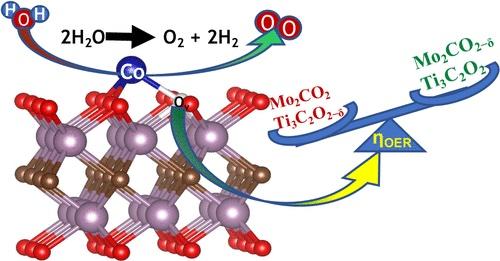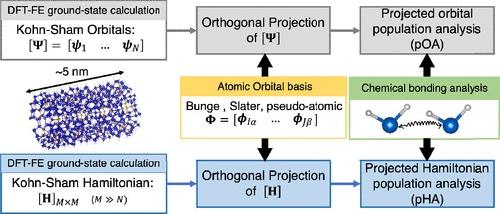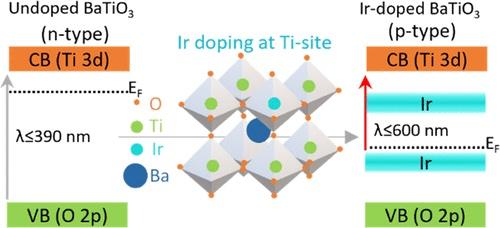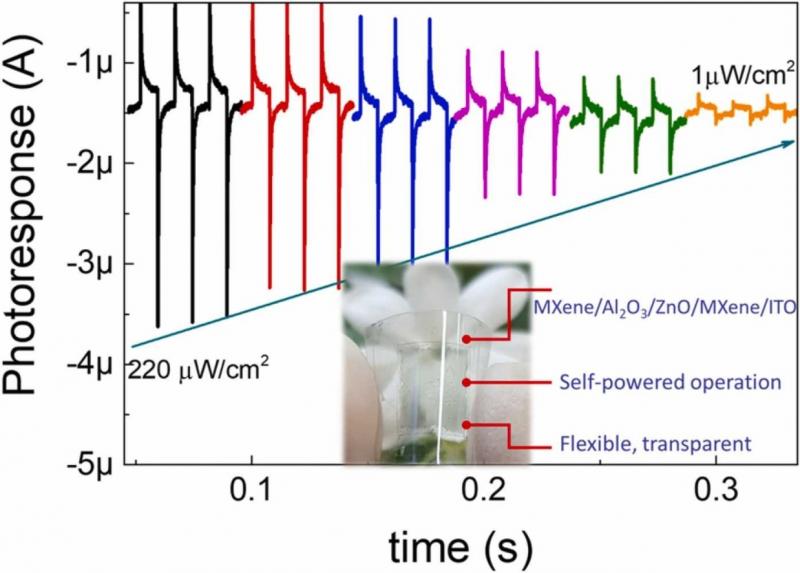Abstract
Organic Solvent Dispersible MXene Integrated Colloidal Quantum Dot Photovoltaics
Despite recent advances in colloidal quantum dot (CQD) photovoltaics, several challenges persist and hinder further improvements. In particular, the Fermi level mismatch between the iodide-treated photoactive and thiol-treated hole-transporting CQD layers creates an unfavorable energy band for hole collection. Furthermore, the numerous surface cracks in the thiol-treated CQD layer facilitate direct contact between the photoactive CQD layer and the metal electrode, consequently leading to reduced device performance. To address these issues, a polycatechol functionalized MXene (PCA-MXene) that can serve both as a dopant and an interlayer for CQD photovoltaics is developed. By achieving a uniformly dispersed mixture in a butylamine solvent, PCA-MXene enables the effective combination of MXene and CQDs. This results in the modification of the work function of CQDs and the modulation of the energy band alignment, ultimately promoting enhanced hole extraction. Moreover, the PCA-MXene employed as an interlayer effectively covers the surface cracks present in the thiol-treated CQD layer. This coverage inhibits both metal electrode penetration and moisture intrusion into the device. Owing to these advantages, the CQD photovoltaics incorporating PCA-MXene achieve a power conversion efficiency (PCE) of 13.6%, accompanied by enhanced thermal stability, in comparison to the reference device with a PCE of 12.8%.




